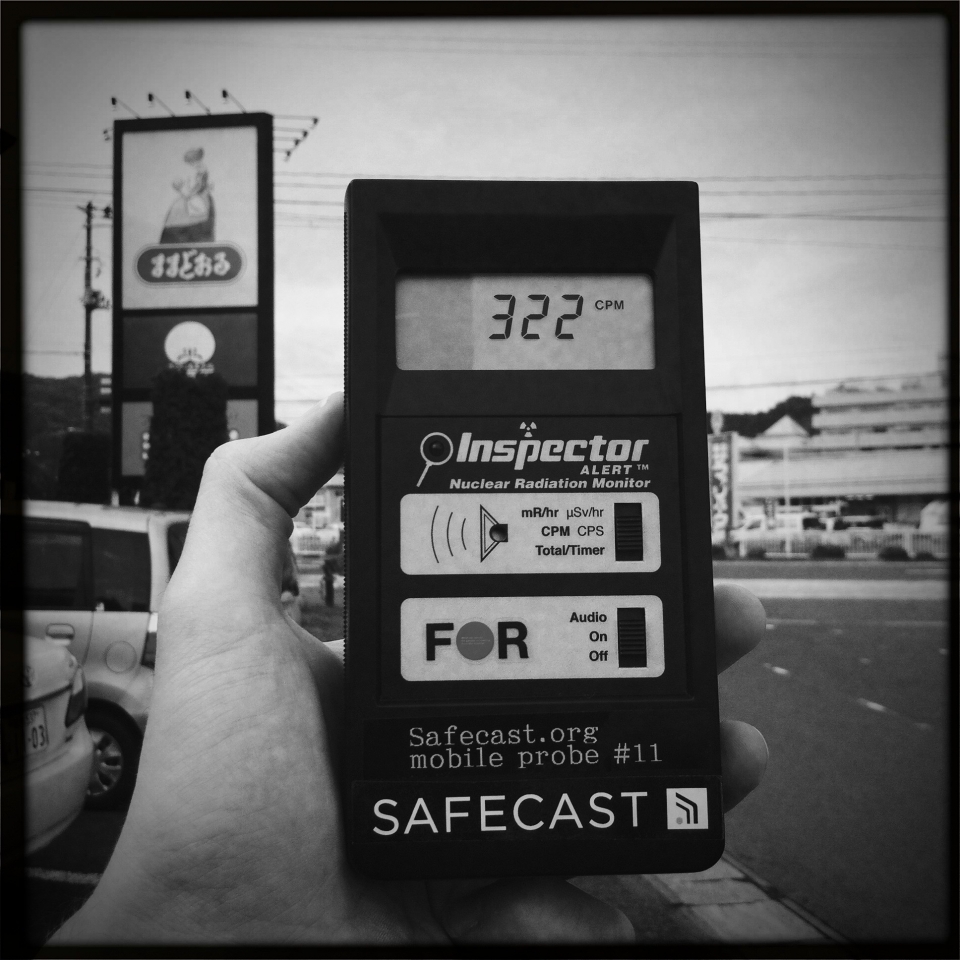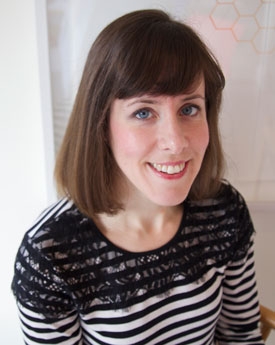
Safecast Radiation Monitor, Fukushima, August 7, 2011, courtesy of Sean Bonner, BY NC SA 2.0, Flickr.
Kenens, J., Van Oudheusden, M., Yoshizawa, G., & Van Hoyweghen, I. (2020). Science by, with and for citizens: rethinking ‘citizen science’after the 2011 Fukushima disaster. Palgrave Communications, 6(1), 1-8. (link)
Kimura, A. H. (2016). Chapter 4: Citizen Radiation-Measuring Organizations. In Radiation Brain Moms and Citizen Scientists (pp. 104-131). Duke University Press. (link)
Brown, K., 2017. Blinkered science: Why we know so little about Chernobyl’s health effects. Culture, Theory and Critique, 58(4), pp.413-434.
Hoover, E. (2020). Whose citizenship in “citizen science”?: Tribal identity, civic dislocation, and environmental health research. In Toxic truths. Manchester University Press.
Wylie, S. A., Jalbert, K., Dosemagen, S., & Ratto, M. (2014). Institutions for civic technoscience: How critical making is transforming environmental research. The Information Society, 30(2), 116-126.
citizen science
1. Annotate the reading "Science by, with and for citizens", by responding to four analytic questions of your choice. I recommend you try out one or two questions from a set of analytics for doing Emic Readings of literature.
2. Work on your sketchbooks and case study drafts. Be ready to report insights and challenges in class.
Ina Kim is a Ph.D. candidate in anthropology at the University of California, Irvine. Kim's doctoral dissertation explores post-disaster ecological imaginary shaped and performed through data practices in post-Fukushima Japan. The project examines how data practices of citizen radiation detection activities construct and reconfigure the understanding and experience of citizen scientists regarding post-Fukushima “Japan” as part of the ecosystem. For further projects, Ina Kim is also interested in the sociocultural roles of small data in the era of big data and how small data that represent and intervene in environmental issues are intersected and interacted with big data in various domains.

Louise Elstow is a PhD student in the Sociology Department at Lancaster University, UK. Louise studies how people live in a contaminated aftermath. Elstow considers the provision and use of radiological contamination information following a nuclear incident. She is using an STS approach, with Fukushima (Japan) as a case study on radiological contamination.
The emergency response to nuclear incidents typically includes evacuations and the cessation of economic activities in a hazardous area. This is then followed by the phased return and recovery of social and economic life, based on risk calculations. The challenge is to understand how scientific information is produced and used to navigate this return to life in radiologically contaminated places.
Radiological contamination (of individuals, non-humans and the environment) is almost entirely invisible to the human body. Information about radiological contamination and risks must therefore be mediated by a variety of human and non-human actors, such as radiation detectors or contamination maps, for it to be made visible. Each of these tools filters information into a more simple form in order to show it in a particular way. From a Science and Technology Studies (STS) perspective, this simplification into maps, thresholds and standards (referred to by Susan Leigh Star as ‘formal representations’) has a politics to it (Star, 1995).
The formal representations make some things visible whilst hiding others. The ways in which the information is translated into formal representations is dependent on the makers’ approaches to expert science and communication, and on who is allowed to contribute to the making of them (Kuchinskaya, 2014). This has consequences when considering the ‘social’ dynamics of the response to nuclear incidents. How the information is deciphered by lay-persons will go on to influence the determining of what they do with that information and what it means to them. A line on a map, for example, could be determined to mean the difference between ‘safe’ and ‘not safe’.
Since the 1980s the discourse around the public and science has to some extent moved beyond from the deficit model of the public understanding of science (PUS), towards public ‘engagement with’ science (PES). This provides new ways of legitimately working with communities to share and create information. However, this is not a uniform trend: the relationship between public and scientific ways of understanding is different in different social, cultural and scientific contexts.
Her main research questions are: